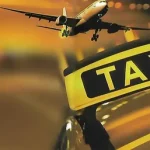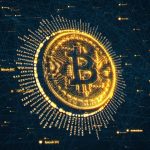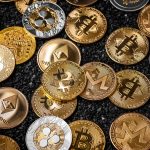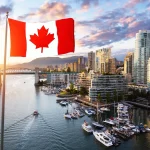For many countries all across the world, debt has rapidly piled up due to the COVID-19 pandemic. The question of how to pay back this debt usually results in spending cuts or tax increases being suggested, but is there another way?
As lockdown measures ease, people return to work, and retailers open their doors once again, a big question is looming large in the background.
How are we going to pay for all this?
I am of course talking about expensive government policies such as the furlough scheme, small business rates relief grants, bounce back loans, self-employed income support payments, and the many other measures which were introduced to try and nurse the UK economy through the devastation caused by the Covid-19 pandemic, and associated lockdown.
The conventional knowledge is that public spending will have to be drastically decreased (which would harm public services), or taxes substantially increased (which would likely harm growth), in order to make a dent in the debt mountain which has piled up over the past few months.
For example, on July 11th 2020, The Observer published an article by former Treasury minister David Gauke, which was entitled ‘Tax Rises and Cuts Only Way to Pay for Covid-19’.
In it, Gauke stated that, ‘Once we are through the economic shock, the government will have to fill this gap with tax increases or spending cuts.’
Similarly, in an article published on the BBC website on July 9th 2020, which was called ‘Coronavirus: How much will it cost the UK?’ a conclusion of the article was that, ‘The deficit leaves the government with a choice: increase borrowing, raise taxes, or cut spending.’
However, the conventional wisdom is sometimes incomplete at best, and entirely wrong at worst. For example, it was once conventional wisdom that Earth, and not the Sun, was at the centre of the solar system.
In terms of the post Covid-19 recovery, inaccurate conventional wisdom has reared its head once again.
How To Make Money… Quite Literally
At this point, it’s worth remembering that money is a man-made construct.
Pounds, Euros, Dollars, or anything else, these currencies have all been created from scratch by human societies, in order to assist with the exchange of goods and services of value.
Also, if you were to ask people how money is created, most would probably suggest it was printed by the Royal Mint in the form of notes and coins.
This is true, but only to an incredibly small degree.
In actual fact, over 97% of the money in the British economy (and the figure is similar in almost all industrialised countries) is created when commercial banks (e.g. HSBC, NatWest, Santander) issue loans to their customers.
A 2014 bulletin by the Bank of England entitled ‘Money Creation in the Modern Economy’ stated this very clearly. The exact words they used were:
Where does money come from? In the modern economy, most money takes the form of bank deposits. The principal way in which they are created is through commercial banks making loans: whenever a bank makes a loan, it creates a deposit in the borrower’s bank account, thereby creating new money. This description of how money is created differs from the story found in some economics textbooks.
This process of ‘creating a deposit in the borrower’s bank account’ is as uncomplicated as it sounds. Perhaps even more so.
It simply means that the bank approves a loan, then types the numbers of the loan amount into the customer’s bank account. The process is entirely digital; no physical money has been created or exchanged at any point.
This has several implications.
Firstly, it means that individuals and businesses receiving loans from commercial banks is the source of nearly all the money in our economy. To put it more starkly – without people taking on bank debts, there can be no money.Buy Perfectmoney









